In a recirculating aquaculture system the culture water is purified and reused continuously. A recirculating aquaculture system is an almost completely closed circuit. The produced waste products; solid waste, ammonium and CO2, are either removed or converted into non-toxic products by the system components. The purified water is subsequently saturated with oxygen and returned to the fish tanks. By recirculating the culture water, the water and energy requirements are limited to an absolute minimum. It is however not possible to design a fully closed recirculating system. The non-degradable waste products must be removed and evaporated water must be replaced. Still our recirculating systems are capable of reusing 90% or more of the culture water. To ensure good water purification, recirculating systems consist of a number of components with specific functions. See detailed explanation on RAS technology below. Both system are perfectly capable of removing the ammonia from the system water. The choice of biological filtration is depending on many factors (e.g. available space, outside temperature, energy costs, etc.)
The advantages of farming in RAS are:
To allow the use of RAS grow outs, there are a few constraints in respect of infrastructure, feeds and staff:
Recirculating Aquaculture System grow outs are the best option for locations close to or in cities, with good availability of electricity. Next to this, using RAS technology is the only possibility for farming tropical fish species in moderate to cold climates indoor.
A basic Recirculating system consists of the following components:
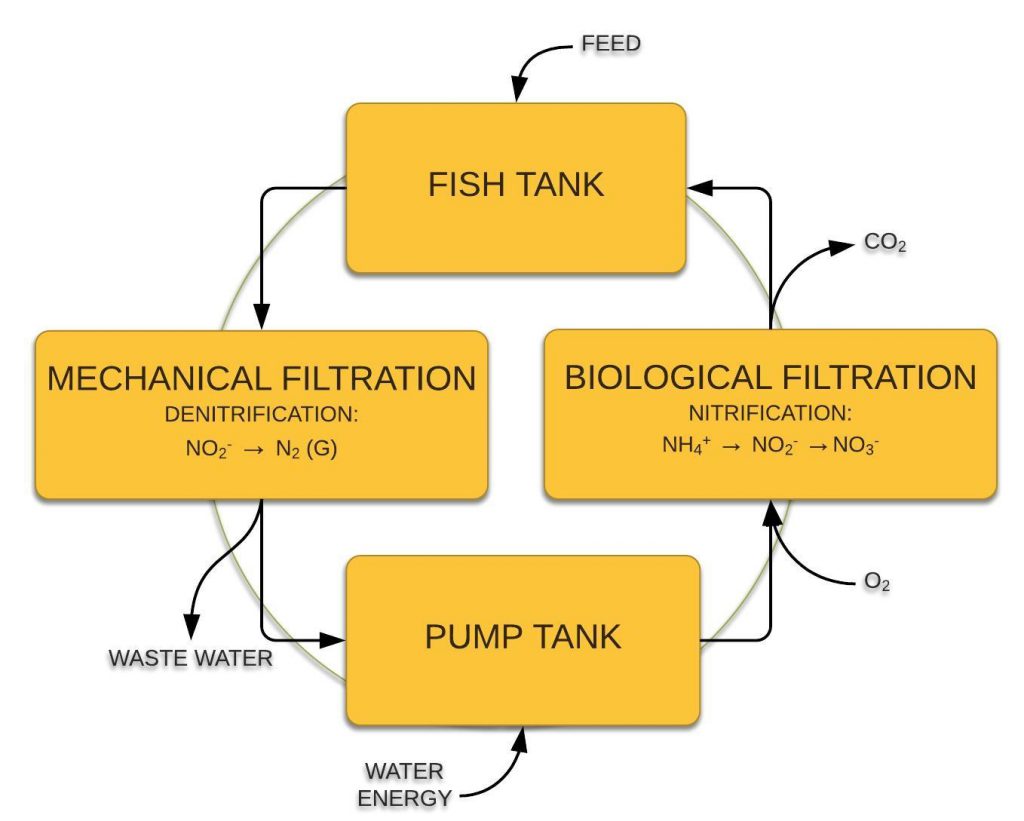
In a RAS system the mechanical filter is used to remove the suspended solids from the system water flow. These solids, primarily faecal matter, need to be removed in order to maintain water quality. Depending on the situation we either choose for drumfilter(s) or sedimentation filter(s).
The water flowing from the fish tank(s) is led through the sedimentation tank. In this tank the non-soluble, solid particles are separated from the system water using gravity. The sedimentation tank is filled with a specially adapted polypropylene filter pack. The solids are allowed to settle on these filters. The settled particles form a layer of silt on the bottom of the sedimentation tank. This silt is biologically very active: up to 60% of the nitrates produced by the biofilter are denitrified by the bacteria in the silt into nitrogen gas. Depending on the feed load on the system, the sedimentation tank must be cleaned regularly. The silt and water for cleaning is drained to the waste water sewage system in the farm. After this mechanical treatment, the system water flows to the next filter stage.
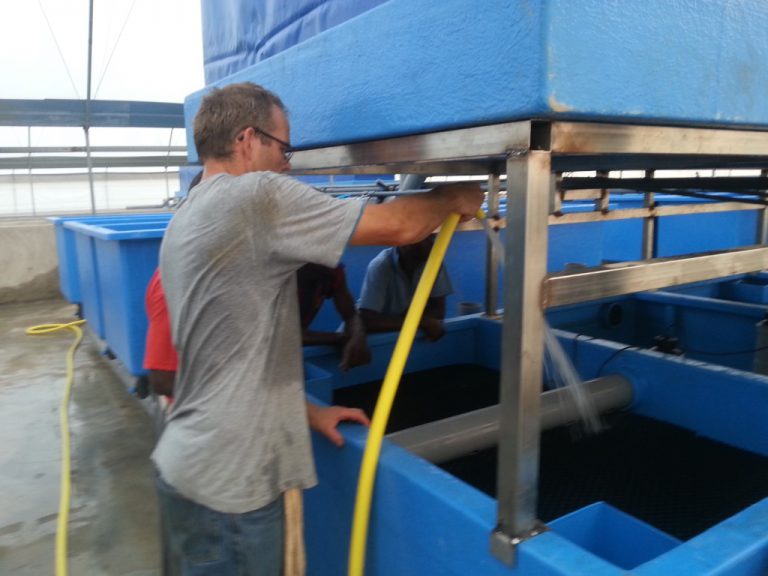
Cleaning a sedimentation filter (Project in Ghana)
The system water coming from the fish tanks can also be mechanically cleaned using a drumfilter. Suspended solids are continuously and automatically removed from the system water and therefore the drumfilter requires no daily maintenance. The downside of a drumfilter is the continuously need of electricity. The system water flow from the fish tanks in the drumfilter. In the drumfilter the system water passes the filter screen. In this process, the particles in the system water are blocked by the filter screen. Due to the clogging of the filter screen the water level inside the drum will rise. As a result, the flushing mechanism is put into operation. The drum starts to rotate, and from the outside of the drum water is sprayed under high pressure from nozzles through the filter cloth, hereby flushing the waste particles from the screen. Together with the waste particles the water is discarded in the gutter. Different filter screens can be chosen depending on fish species and fish size.
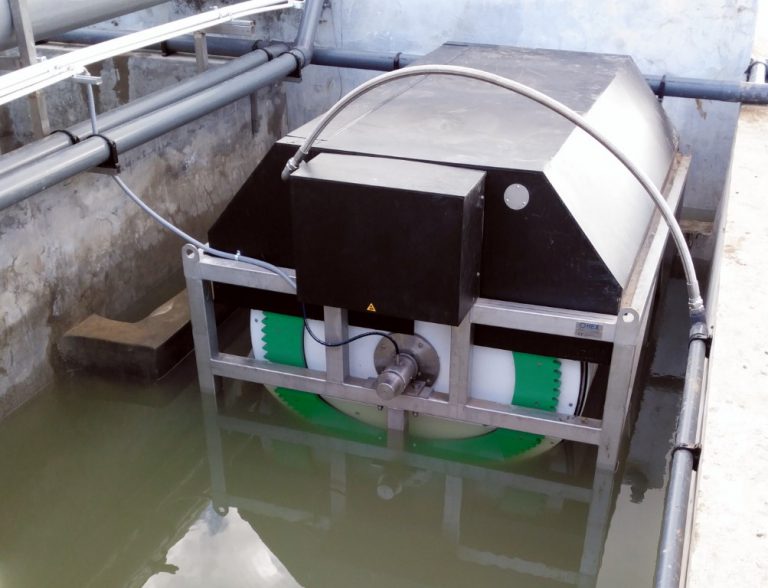
Example of an installed drumfilter (Project: Dominican Republic)
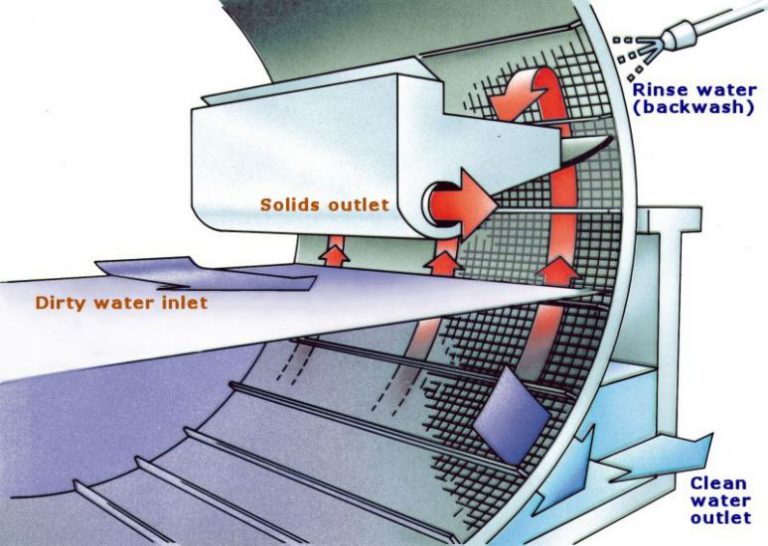
Explanation of how a drumfilter works
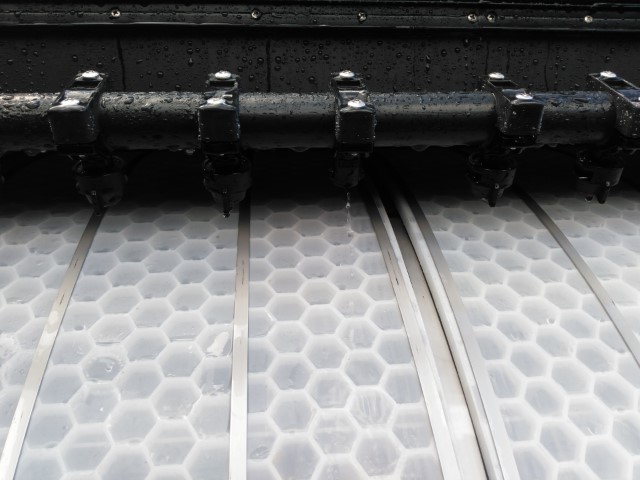
The inside of a drumfilter
NH4 or ammonium is produced by the fish during digestion of the feed. It is a waste product of protein digestion. The ammonium is toxic for fish. Ammonium (NH4) however is used by certain bacteria for energy production. These bacteria are present in the biotower of a recirculation system and transfer NH4 into nitrite, NO2, in an aerobe environment. Like ammonium, nitrite is toxic for fish at high levels, but will cause problems at lower concentrations already. Nitrite is also used as an energy source for certain bacteria in the biological filter. These bacteria transfer nitrite in the relatively harmless nitrate (NO3). In a recirculating aquaculture system there are parts created where these bacteria can grow in optimal conditions. Like the biotower and moving bed filter (also known as upflow filter).
From the pump tank the system water is first pumped to the biotower, also known as trickling tower or degassing tower. A biotower consists of polypropylene net filter blocks suited for bio-filtration. On top of the biotower the water is dispersed over the filter material. The water flows through the filter packs to the biotower reception tank or directly back into the pump tank. A biofilm of nitrifying bacteria is formed on the surface of the filter packs . A biotower can also be added to the system to remove dissolved gasses (i.e. CO2) from the water. In that case, we speak of a degassing tower.
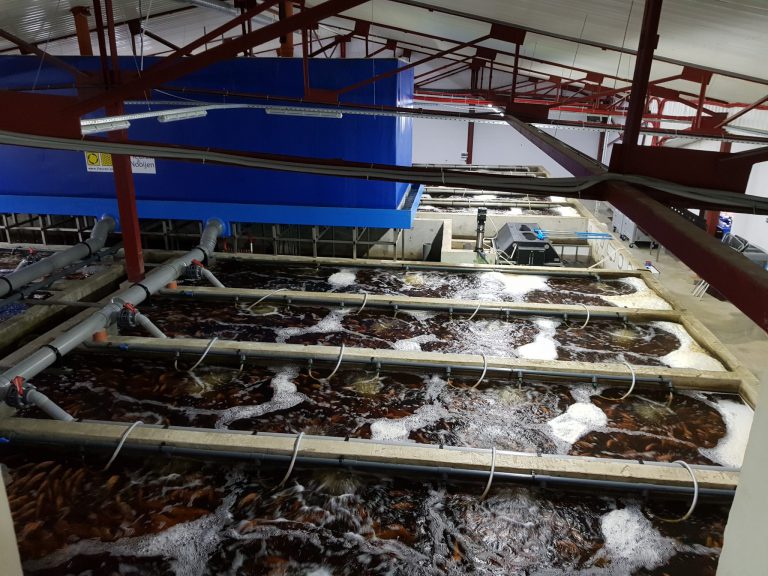
Example of biotower (blue tower, filter blocks are inside). (Project in Ukraine)
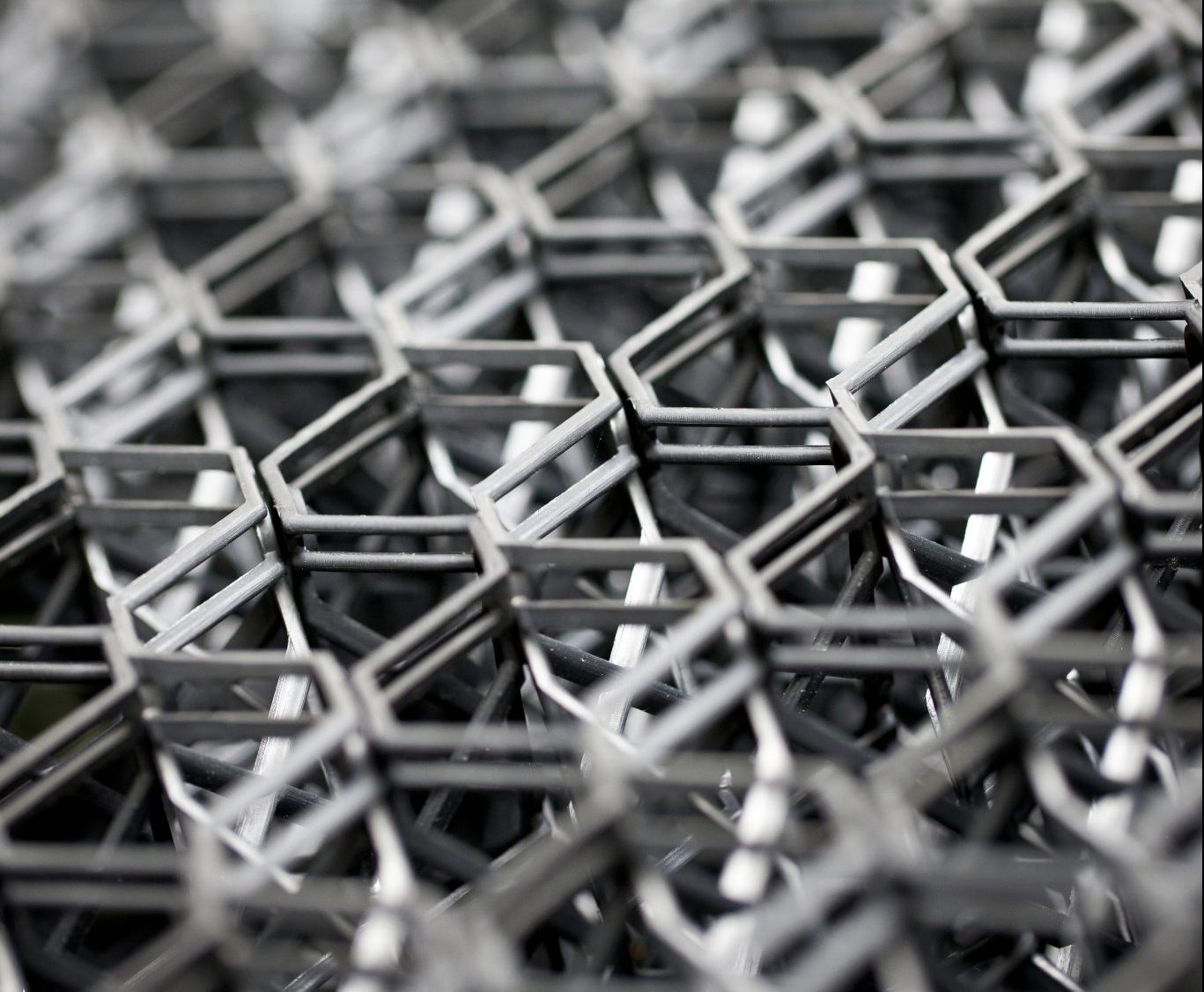
Example of filter blocks on which the nitrifying bacteria grow
Another biological filter is the moving bed filter. These filters have a high filter capacity with low volume. The moving bed filter consists of a tank with aeration device and is filled with filter beads (many shapes and sizes available). A biofilm of nitrifying bacteria grows on the surface of the beads.
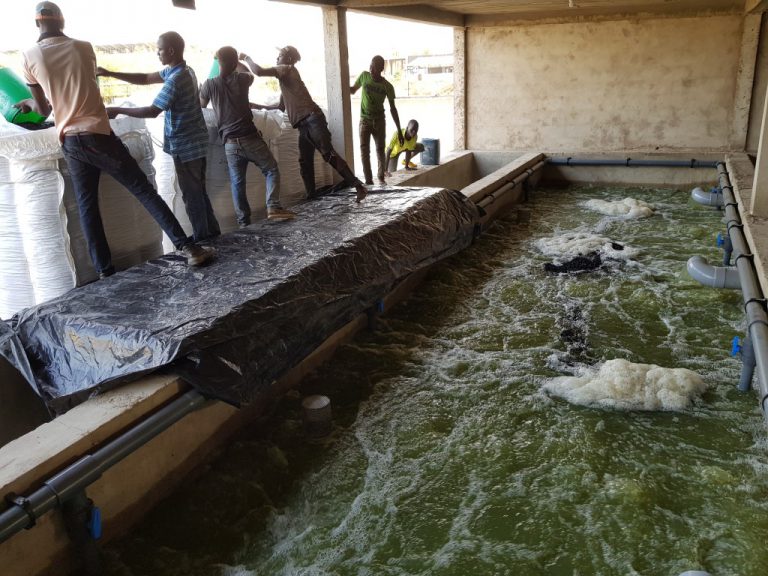
Filling a moving bed filter tank with filter beads. (Project in Mali)
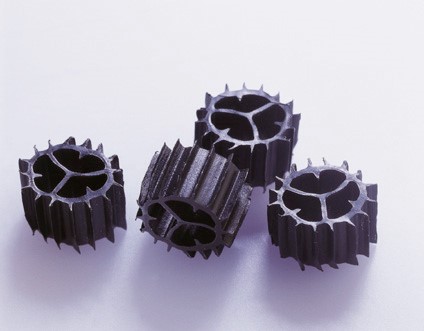
Example of filter beads on which the nitrifying bacteria will grow
Next to the basic element described above there are many other items which can be added to a recirculating aquaculture system. Items like: UV-C light, oxgenation devices, aeration devices, feeders, monitoring, etc. Depending on the fish species items can be added to a recirculating aquaculture system.
This light is electromagnetic radiation just below the visible light spectrum. The wavelength of UV-C light is 200-280 nanometers.
UV-C light is highly germicidal and has an antiseptic effect. With the use of irradiation of UV-C light to a contaminated surface, or in running water, it is possible to control excessive growth of micro-organisms including bacteria. UV disinfection is a proven method to kill off bacteria, viruses and fungi, but first and foremost to keep the system water clear and free of small particles even at low dosage.
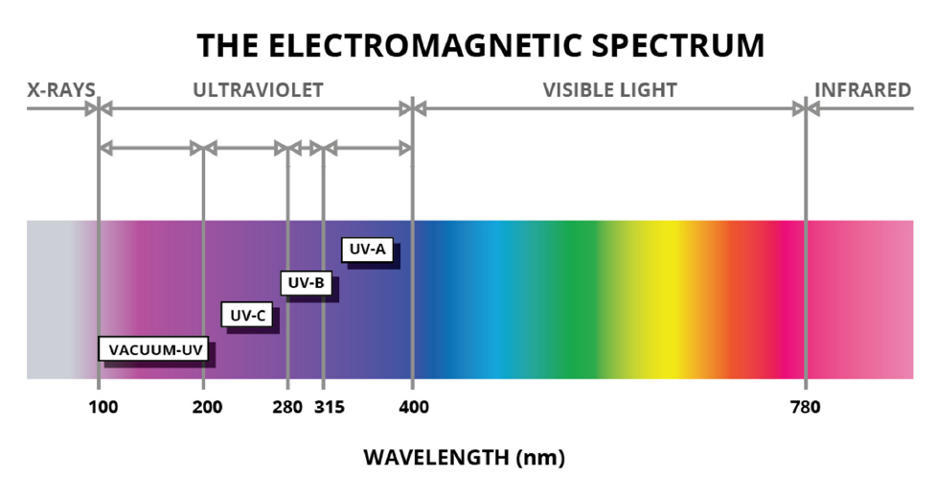
If you have any questions or would like to request an invoice, just send us an email! Or contact us via the following phone number: